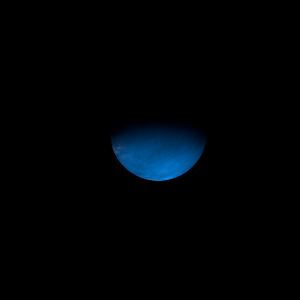|
|
Space Astro
|
Info for exoplanet "Pajesup"
| Scientific (actual) data |
|---|
| Name | Kepler-403 b |
| Planet status | Confirmed |
| Radius | 0.112 |
| Orbital period | 7.03146 |
| Semi major axis | 0.076 |
| Discovered | 2014 |
| Updated | 2021-02-05 |
| Tconj | 2454970 |
| Impact parameter | 0.11 |
| Publication | Announced on a website |
| Detection type | Primary Transit |
| Alternate names | 2MASS J19194115+4644404 b, K02732.01, KIC 9886361 b, KOI-2732 b, KOI-2732.01, WISE J191941.14+464440.3 b |
| Star name | Kepler-403 |
| Right ascension | 289.92° |
| Declination | 46.74° |
| Mag j | 11.83 |
| Mag h | 11.575 |
| Mag k | 11.537 |
| Star distance | 860.93 |
| Star metallicity | -0.145 |
| Star radius | 1.33 |
| Star temperature | 6090 |
| Star alternate names | 2MASS J19194115+4644404, KIC 9886361, KOI-2732, WISE J191941.14+464440.3 |
| Wikipedia article | Kepler-403 b |
Back
| |
| Fictional info (?) |
|---|
| Suggested name | Pajesup |
| Planet type | Hot planet |
| The two polar ice caps appear to be made largely of water. |
| Atmosphere | Hydrogen chloride | 44% |
| Ozone | 31% |
| 2H2O | 22% |
| Carbon monoxide | 1.2% |
| Atmospheric pressure | 0.13 bar |
 |
| No known satellites |
| Google search for Pajesup |
|
Website by Joachim Michaelis
|
|
|
|